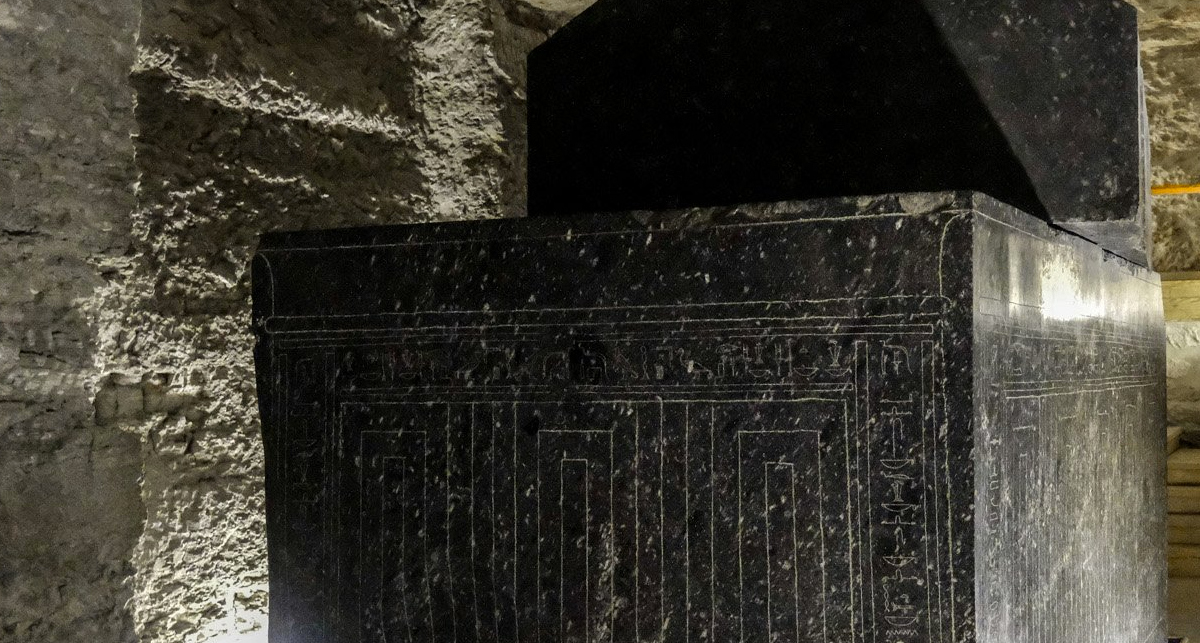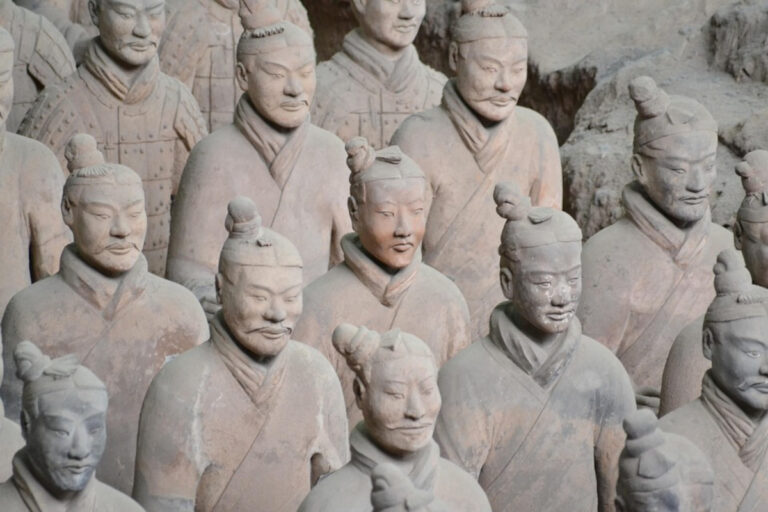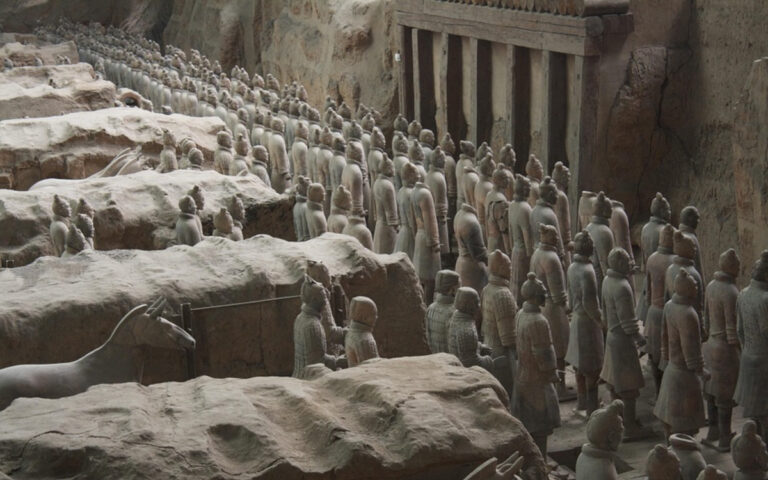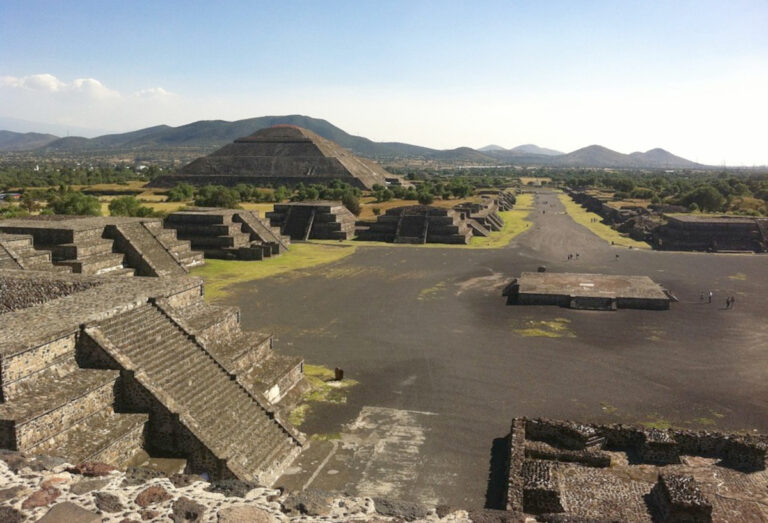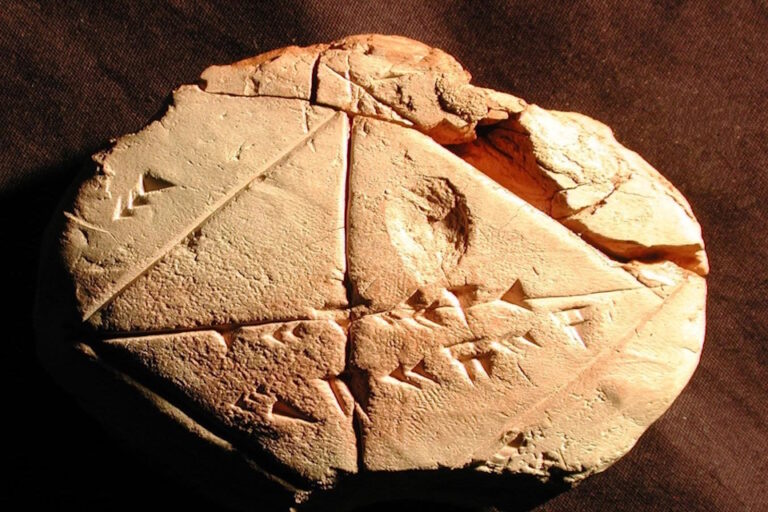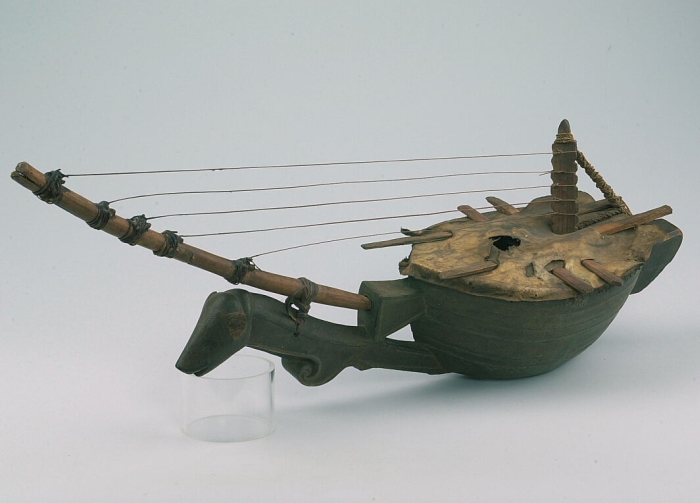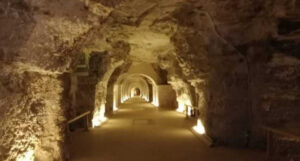The discovery of the Serapeum of Saqqara is an intriguing chapter in the history of Egyptology, and it was made in the mid-19th century by the French archaeologist Auguste Mariette. The site’s revelation brought attention to the grandeur of ancient Egyptian religious practices, particularly the cult of the Apis bull, and contributed greatly to the understanding of Egypt’s complex burial rituals and monumental architecture.
In the 1850s, Auguste Mariette, then a curator for the Egyptian Museum in Cairo, set out on an excavation project in Saqqara, near the ancient capital of Memphis. He was particularly interested in uncovering more about the Egyptian religious sites and was drawn to the area by local rumors and clues pointing to hidden tombs beneath the surface.
In 1851, while investigating the area, Mariette and his team uncovered the entrance to the Serapeum. They discovered an ancient underground complex containing granite sarcophagi—huge stone coffins—which were initially puzzling to them. The sheer scale of the sarcophagi and their unusual location suggested that they were not merely tombs for kings or common people, but likely belonged to something far more sacred.
The sarcophagi were found arranged in rows inside an extensive underground corridor system, some of which weighed up to 70 tons. They were carved from massive blocks of granite, and their lids fit so precisely that it is believed they were created using advanced techniques, possibly with the use of copper tools or abrasives.
Uncovering the Apis Bulls
Mariette’s team gradually uncovered the true nature of the site: these sarcophagi were not ordinary tombs but rather the burial place for the Apis bulls. The bulls were a central element of Egyptian religious life, considered earthly manifestations of Ptah, the god of creation and craftsmanship. When an Apis bull died, it was mummified and placed in one of these tombs, which were treated with great reverence. Mariette’s team also found evidence of ritualistic practices associated with the bulls, further confirming the significance of the site.
The discovery led to the revelation that the Apis bulls were mummified in a grand and ceremonial fashion, and their tombs were designed to ensure that they were honored with the same care and respect as the pharaohs themselves. The bulls’ remains were believed to carry the spirit of Ptah, and their burials were an essential part of the religious life of ancient Egypt.
The Tomb of the Sacred Bulls
The tombs within the Serapeum were arranged to honor each Apis bull individually, with inscriptions on the sarcophagi detailing the names of the bulls and their corresponding Pharaohs. These inscriptions were invaluable for understanding the history of the Apis bulls and the specific reigns in which they lived. The bulls were also associated with the royal family and were considered an embodiment of Egypt’s divine kingship.
Mariette’s excavation revealed that the bulls were kept alive and revered during their lifetimes, housed in the great temple of Ptah in Memphis. The discovery of their tombs at the Serapeum provided further evidence of their revered status, and it confirmed that the Serapeum was a place where the sacred bulls were not just buried, but honored with grandeur.
The Role of Auguste Mariette
Mariette’s discovery of the Serapeum was a major achievement in Egyptology, both for its historical and archaeological significance. He was an early figure in Egyptology and played a crucial role in the systematic study of ancient Egypt. Following the discovery, Mariette focused on the importance of preserving Egypt’s ancient heritage, and he helped to establish the Egyptian Museum in Cairo, where many of the artifacts uncovered from sites like Saqqara are housed today.
The Legacy of the Discovery
The unearthing of the Serapeum in 1851 was just the beginning of many more discoveries in the area of Saqqara. In subsequent decades, further excavation revealed other tombs, burial chambers, and artifacts related to the cult of the Apis bull. Mariette’s discovery of the Serapeum also sparked wider interest in ancient Egyptian religion, burial practices, and the sanctity of animals in Egyptian culture.
In modern times, the Serapeum continues to be a critical site for the study of Egyptology, offering a glimpse into the unique and intricate relationship between ancient Egyptians and their gods, particularly the divine bulls that embodied the power and mystery of Ptah.
